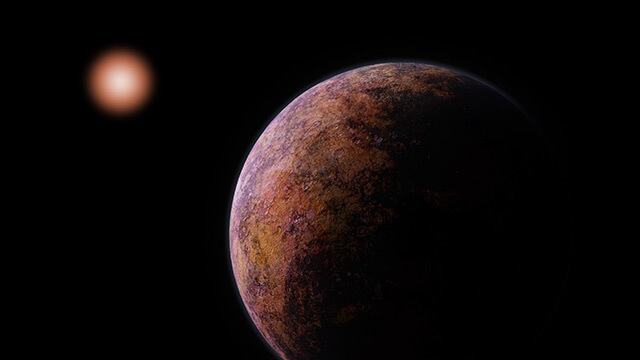10/29/2020

Researchers from Cornell University and Lehigh University in Pennsylvania have identified more than 1,000 stars that might be hosting exoplanets with a good view of Earth.
In a study published in the Monthly Notices of the Royal Astronomical Society, the researchers said that these stars are in a direct line of sight to the planet. This means that when the Earth transits the Sun at a certain point around in its orbit, advanced alien species in one of those star systems could potentially detect chemical traces of Earthly life.
Stars in zones perfect for spotting Earth
Astronomers typically look for exoplanets – planets that orbit a star other than the sun – by observing a star and waiting for it to dim. That dimming indicates that an exoplanet is passing between the star and the telescope; what’s more, scientists could identify the atmosphere’s chemical contents by analyzing how light changes.
In a surprise twist, the researchers wondered which stars provide its inhabitants a good spot to detect the Earth. For their study, they examined data gathered using the European Space Agency‘s Gaia space observatory and the National Aeronautics and Space Administration (NASA)’s Transiting Exoplanet Survey Satellite (TESS).
The researchers identified 1,004 such stars within 324 light-years from Earth. More than 500 of them have viewing angles that offer at least 10 hours’ worth of observation time. Only two stars, however, have known exoplanets.
“If observers were out there searching, they would be able to see signs of a biosphere in the atmosphere of our Pale Blue Dot,” said co-author Lisa Kaltenegger of the Carl Sagan Institute at Cornell.
Five percent of the stars are likely too young for intelligent life to have evolved in any exoplanets that orbit them. The remaining 95 percent belong to star categories that can sustain life for billions of years provided that the conditions are right. (Related: Earth-like planets not as rare as once thought: Astronomers estimate there are 2,000 nearby stars that house them.)
According to co-author Joshua Pepper of Lehigh’s Physics Department, it’s rare for exoplanets to be in a direct line of sight to Earth. Yet all of the stars they identified have exceptional vantage points for spotting Earth.
What’s more, several more stars are also on track to enter a zone affording a good view of the planet. For instance, Teegarden’s star, a red dwarf just 12 light-years from Earth, does not currently have the right viewing angle to spot Earth. But at its current rate of movement, it might enter the Earth-spotting zone as soon as 2044.
Searching for ET in 1,004 stars
The study provides a target list of stars astronomers can focus on as part of the search for extraterrestrial intelligence (SETI). The SETI Institute’s Breakthrough Listen Initiative, a study designed to detect communications from advanced alien civilizations, can include these stars to its roster.
“If we’re looking for intelligent life in the universe that could find us and might want to get in touch, we’ve just created the star map of where we should look first,” said Kaltenegger.
The Breakthrough Listen team has partnered with NASA scientists in a joint effort to survey the sky and find as many as 10,000 new exoplanets using TESS. Kaltenegger and Pepper said that their list could guide scientists about which stars to prioritize.
In turn, the exoplanets detected by TESS will be scanned for technosignatures – artificial fingerprints or modulated signals emitted by advanced alien civilizations. No unambiguous technosignature has been picked up to date, but the chances of detection are higher than they have ever been with the advent of new technologies.
Please remember we all have different opinions, Think Before You Speak or Write Something that is cruel to Others. After all, We are only Humans. Wishing you clear skies and wide eyes. To share your experiences or just leave a comment there is a area below. Read or listen.
We are the change the world has been waiting for!
Have you witnessed an unidentified flying object?
You are not alone. Whether you think UFOs are black projects, extraterrestrial craft, something else altogether, or just don’t know, again: you are not alone!
Unconditional love. The road we all get to walk. Unconditional love is like the sun.
WE ARE THE DISCLOSURE ~ WE HAVE NEVER BEEN ALONE
Love and Regards,
Happy Quarantine
Thank You,
Nancy Thames
Sources
|
Listen to this post
|

